#Femina-Illustration
Explore tagged Tumblr posts
Text
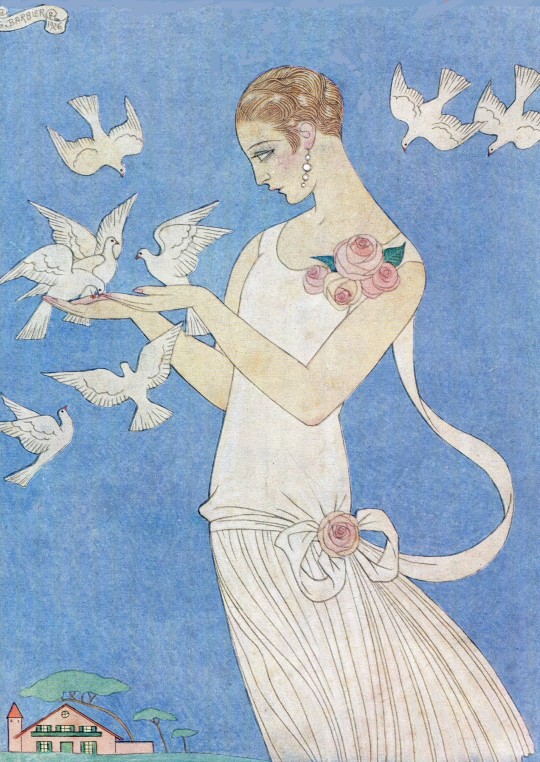
George Barbier. Cover of Femina, 1926.
#george barbier#illustration#cover#femina#1926#1920s#20s#cover art#cover illustration#20s fashion#20s lifestyle#20s mode#paris#parisian fashion#parisian chic#parisian mode#chic#mode#fashion#white doves#doves#pearls#pearl earrings#red hair#short hair#fashion magazine#magazine#art#deco#french art
189 notes
·
View notes
Photo
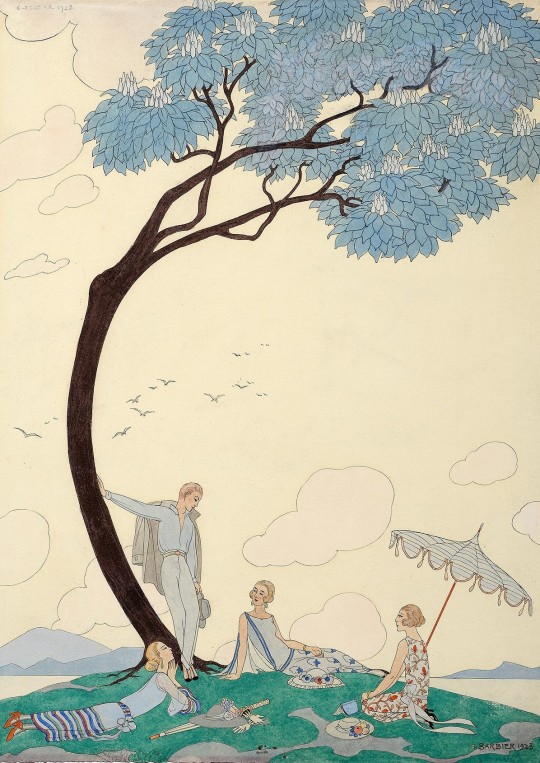
1923 George Barbier, Art Deco Illustration.
Sur l’Herbe: A Group of Elegant Figures in a Landscape.
To jusge from the inscriptions on the verso, the present sheet may be a proposed cover design for the July 1925 issue of Femina, a publication to which Barbier frequently contributed. (x)
#1923#illustration#art deco#french#french art deco#deco#french deco#george barbier#barbier#georges barbier#art deco illustration#femina#20s femina#20s fashion#20s lifestyle
71 notes
·
View notes
Text
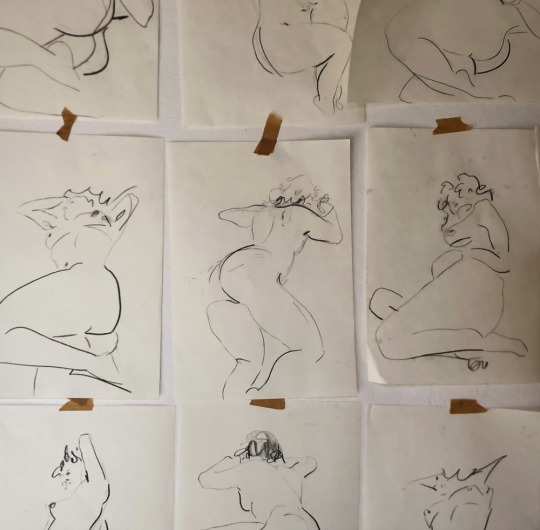
Alexandria Coe ֍ Untitled (2023)
7 notes
·
View notes
Photo


5 notes
·
View notes
Text
𝙱𝚎𝚊𝚞𝚝𝚒𝚏𝚞𝚕.
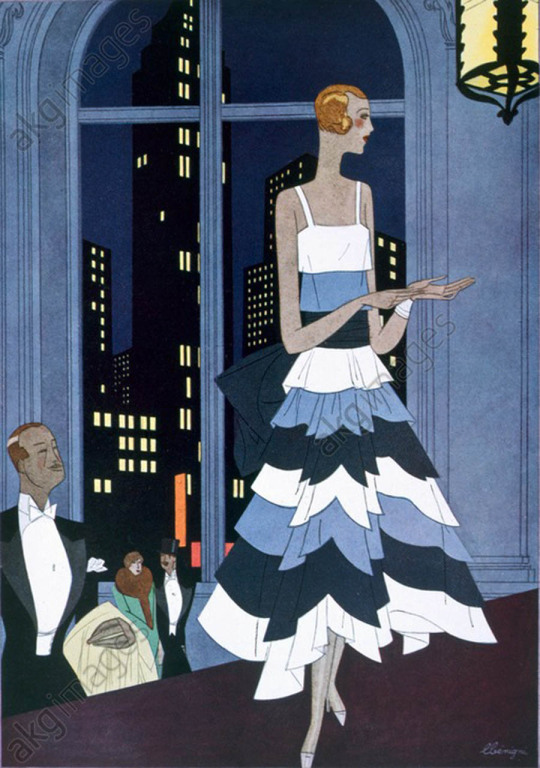
Leon Benigni, "Under the Eyes of Many New York Skyscrapers," 1928. Color lithograph. Dress is by Jeanne Lanvin. Femina was a French magazine for women.
Source: Heritage Images/AKG Images
#New York#NYC#vintage New York#1920s#Leon Benigni#illustrations#fashion#1920s fashion#Jeanne Lanvin#Femina#Femina magazine#lithograph#color lithograph
235 notes
·
View notes
Photo

1923 George Barbier, Art Deco Illustration.
Sur l’Herbe: A Group of Elegant Figures in a Landscape.
To judge from the inscriptions on the verso, the present sheet may be a proposed cover design for the July 1925 issue of Femina, a publication to which Barbier frequently contributed.
41 notes
·
View notes
Text
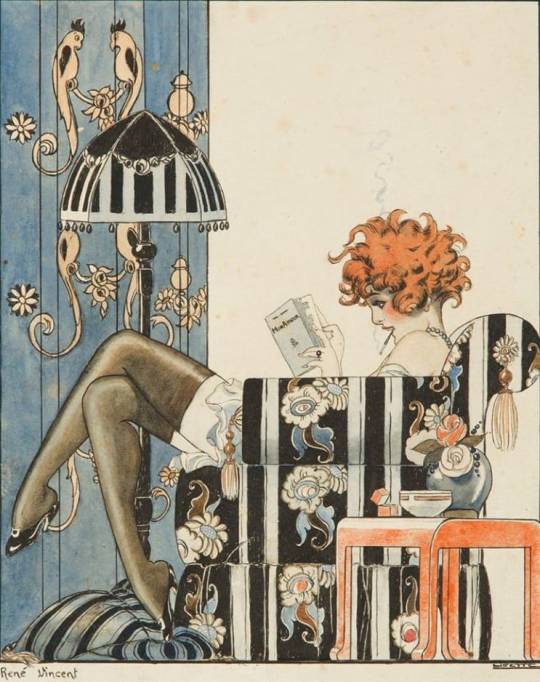
‘My Love’ (1925).
French illustrator René Vincent (1879-1936) for ‘La Vie Parisienne’ magazine. René Vincent was a French illustrator, painter and poster designer. Prevalent in the 1920s-1930s, he worked in the popular Art Deco style. His illustrations helped define early 20th-century advertising, birthing countless imitators and admirers alike. Tintin creator, Hergé, cited René Vincent as an inspiration.
He created perfect worlds with glamour fashionistas in luxury settings, partaking in jolly pastimes. His characters were vibrant and confident. Which in turn attracted many fashion and lifestyle periodicals such as La Vie Parisienne, Femina, Le Rire, and Fantasio. Interestingly, he went under a few pseudonyms, Rene Mael, Rageot and Dufour, allowing him to change style freely.
37 notes
·
View notes
Text
Geneviève “Ginette” Lantelme - Four of these photos were posted before. The first pair of images show her wearing furs, the next pair includes a Femina cover posted before and a color image of her wearing a fur-trimmed coat, a set of three images show her wearing a dress, and the final pair of images show her wearing a Paquin dress. A single image of her posted in March 2024 finishes the collection. This image was also posted in a 1911 collection and on its own.
1906 (1 March issue) Les Modes Mlle Lantelme in Chapeau de J. Suzanne Talbot - photo by Reutlinger. From tumblr.com/hauntedbystorytelling/637300249641336832/genevi%C3%A8ve-lantelme-march-1906-atelier?source=share& 1497X1494.

Left 1908 (1 November issue) Les Modes Lantelme Pour 'automobile - photo by Reutlinger. From tumblr.com/fawnvelveteen/158519681047/lantelme-in-les-modes-november-1908?source=share&; fixed spots w Pshop 1265X1751.
Right 1908 Lantelme in fur by Reutlinger. From tacebook.com/GenevieveLantelme/?locale=es_LA; fixed spots w Pshop 586X937.
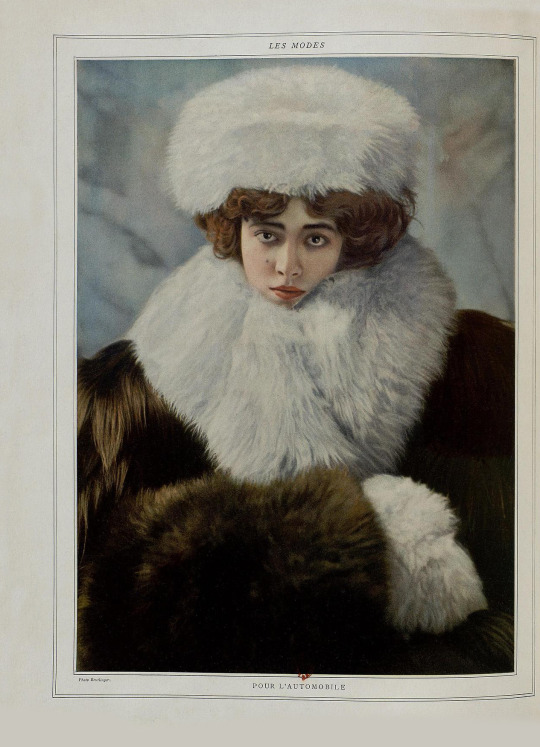

Left 1910 (1 November) Lantelme on cover of Comedia Illustré. From verbinina.wordpress.com/page/8/; fixed spots & scratches w Pshop 1362X1875.
Right 1910 (November) Femina cover Geneviève Lantelme wearing fur. From Wikimedia 1654X2068.
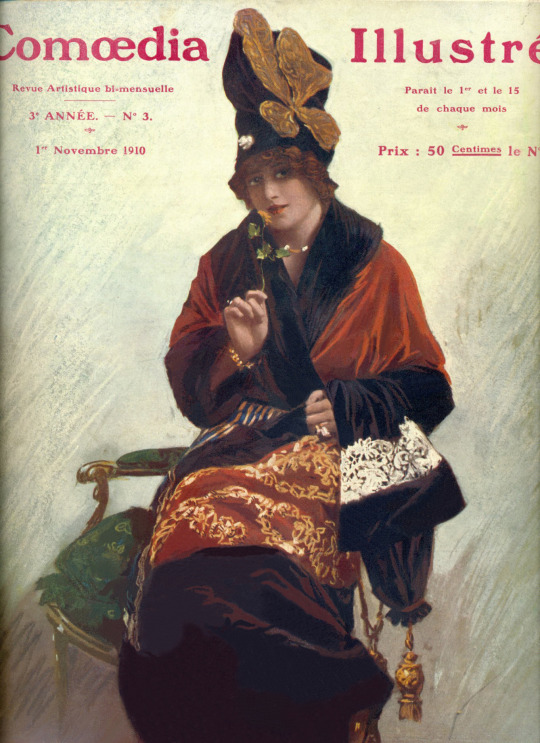
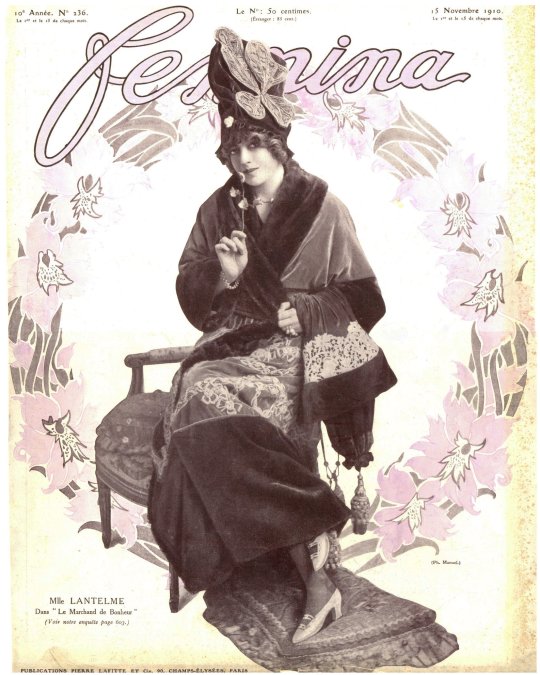
Left 1910 (November) Les Modes Geneviève Lantelme in Paquin dress photo by Auguste Bert Le Théatre no. 286. From Wikimedia; fixed spots w Pshop 2489X3663.
Right 1910 Ginette Lantelme photo by ?. From tumblr.com/victorianchap/683141954772598784/portrait-of-ginette-lantelme-was-a-french-stage?source=share&; fixed spots w Pshop 1080X1349.

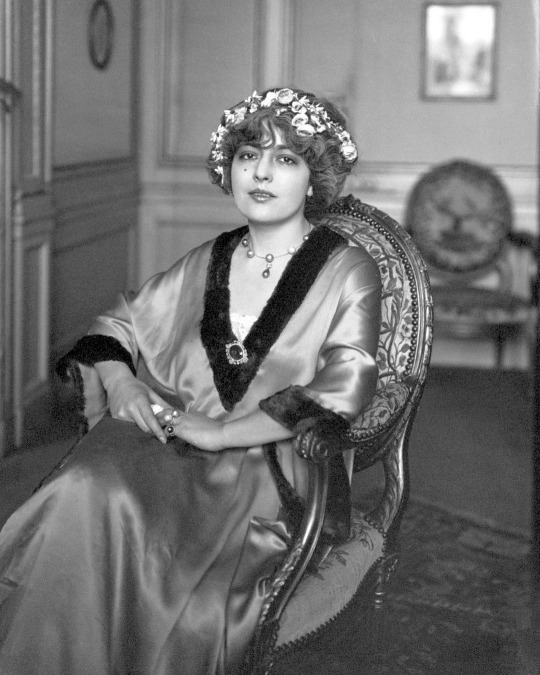
Left 1911 (1 Feb issue) Le Theatre French comedian Genevieve Lantelme. From eBay; fixed bigger spots, realigned & cropped w Pshop 927X1451.
Right 1911 (15 Mar issue) Comedia Illustre Mlle Lantelme créations Suzanne Weiss. From verbinina.wordpress.com/2011/07/25/100-years/ 1429X2008.
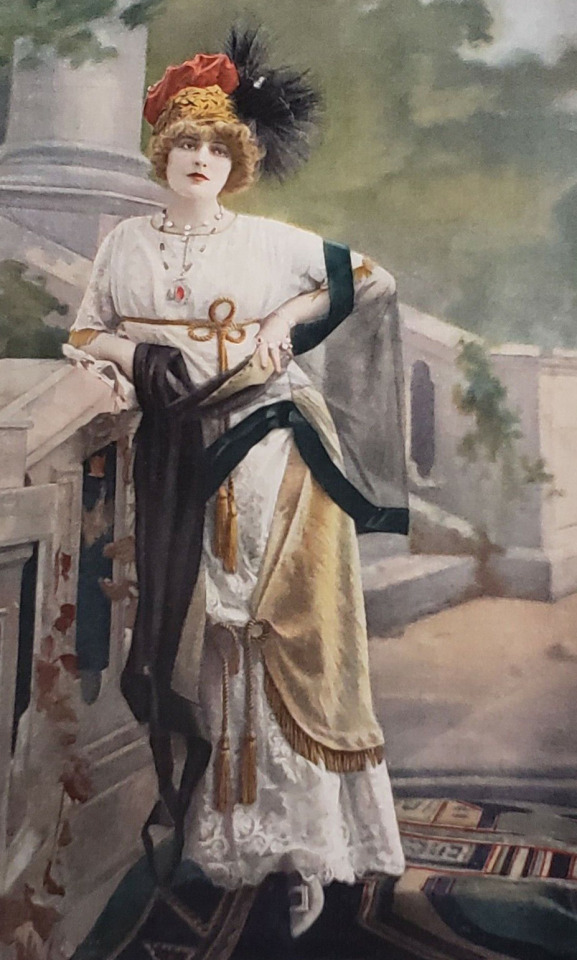
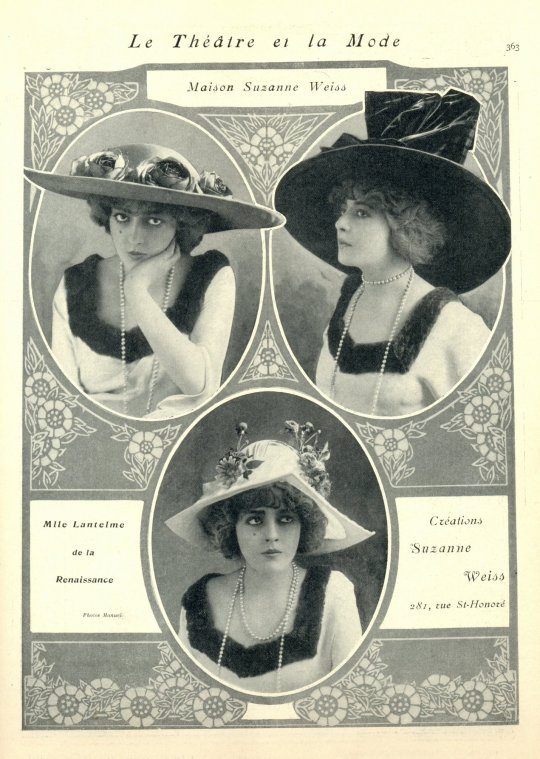
ca. 1908 Lantelme postcard, photo by Reutlinger. From verbinina.wordpress.com/2015/01/22/2-postcards-of-lantelme/ 563X875.
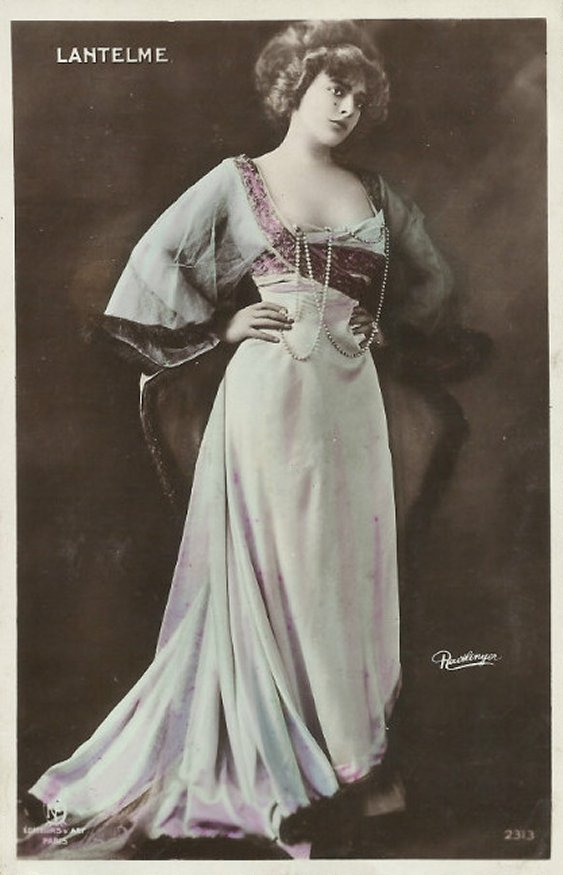
Left Geneviève “Ginette” Lantelme by ?. From tumblr.com/detournementsmineurs/187079716131/genevi%C3%A8ve-ginette-lantelme-1883-1911?source=share&; fixed a few spots w Pshop 640X828.
Center Geneviève Lantelme by ?. From facebook.com/GenevieveLantelme/?locale=es_LA; doubled size 800X1066.
Right Mlle Lantelme Capucines par Ricochet - photo by Reutlinger. From retro-vintage-photography.blogspot.com/2012/09/genevieve-lantelme-1882-1911.html 708X1024.
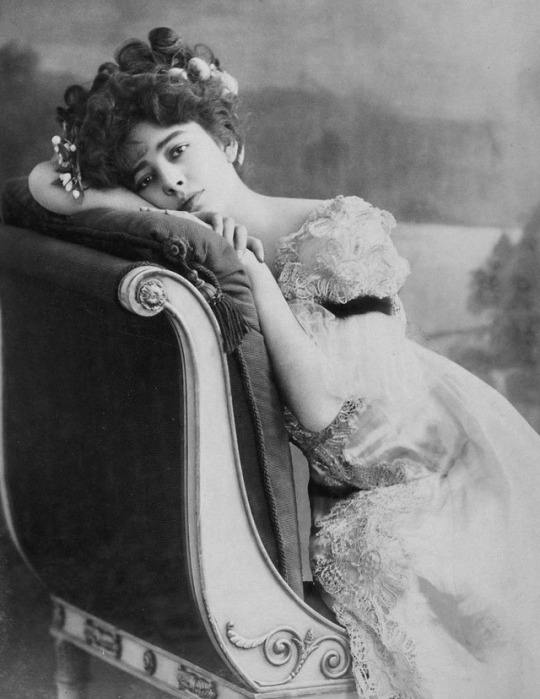

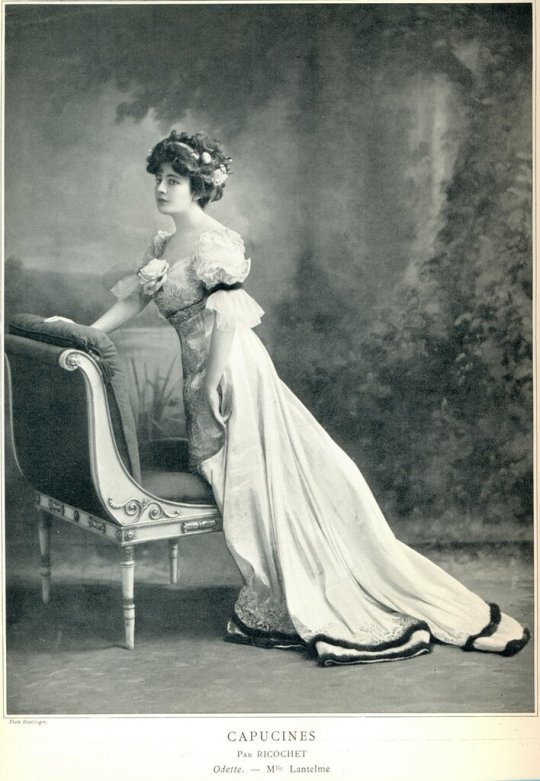
Left Geneviève Lantelme in Paquin dress. From tumblr.com/lostfunzones/159195767564/genevi%C3%A8ve-lantelme?source=share& 670X1024.
Right Mlle. Lantelme of the Vaudeville Theatre. From verbinina.files.wordpress.com/2011/07/theatremagazine13newyuoft_0061a; fixed spots & margins w Pshop 2203X2810.
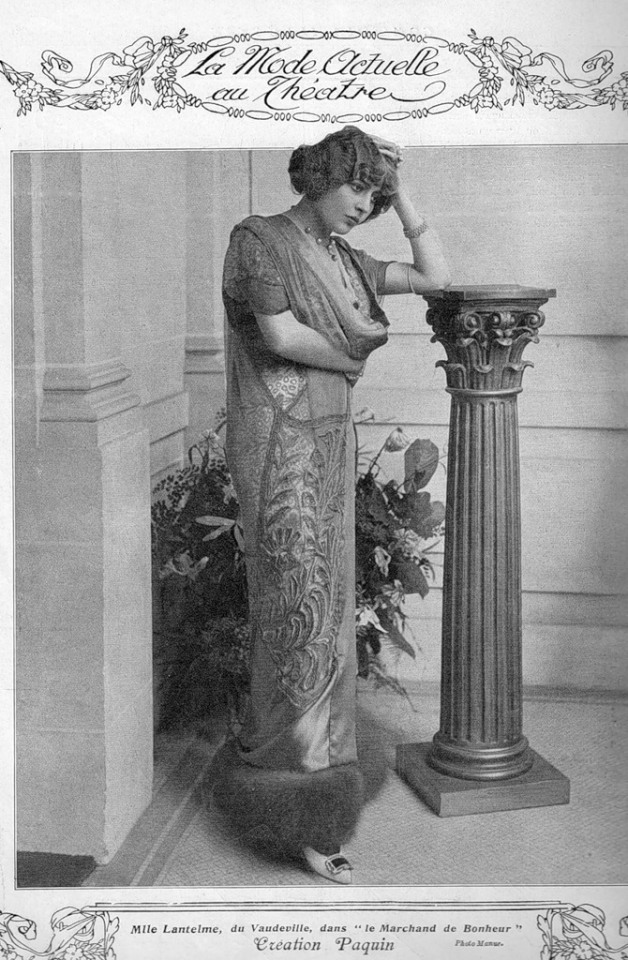
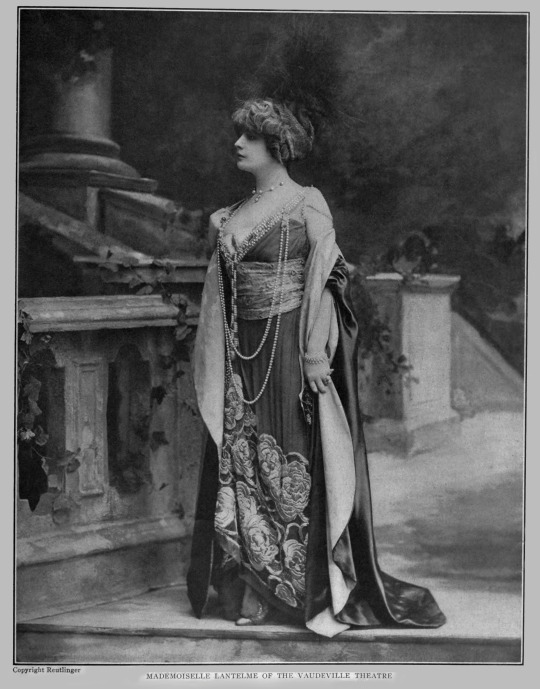
Left Ginette et Célestine by de Losques. From verbinina.files.wordpress.com/2015/02/de-losques-lantelme-edwards1909-fantasio 1005X1443. She died of drowning. It was ruled an accident, but the incident reminds me of Natalie Wood.
Right Lantelme card by Paul Boyer. From Manuel Palomino Arjona's photostream on flickr; exp. +50% & fixed spots & flaws w Pshop 1033X1600.

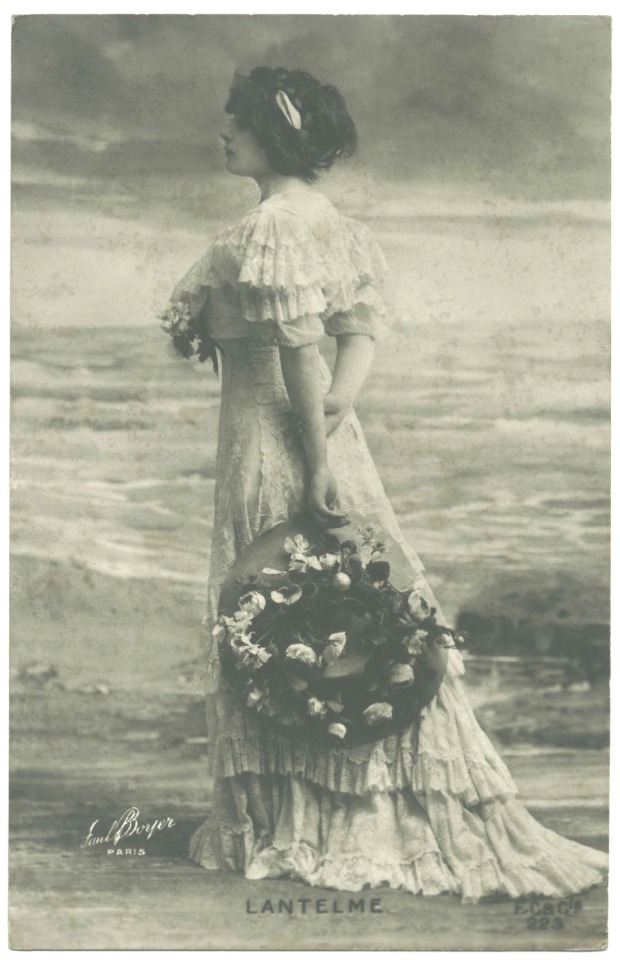
Left Geneviève Lantelme by ?. From Isabel Santos Pilot's photostream on flickr 1407X1950.
Right Mlle Lantelme dans le Vieil Homme dress by Paquin - photo by Félix. From facebook.com/GenevieveLantelme/?locale=es_LA 672X1024.
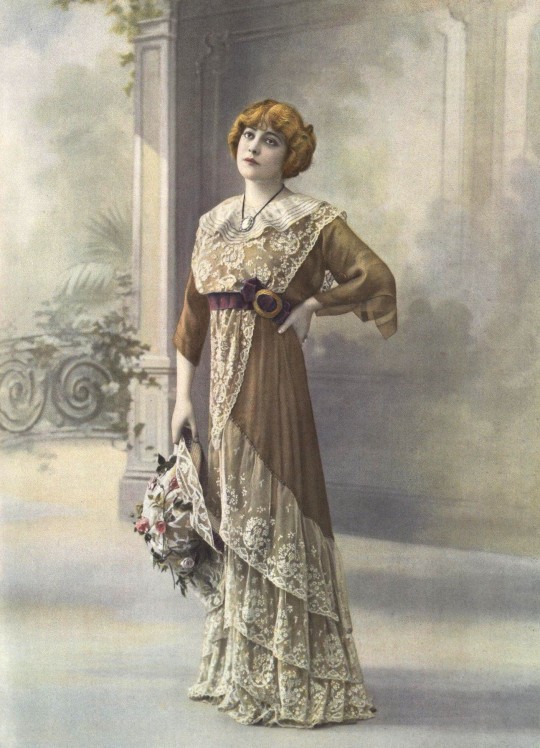
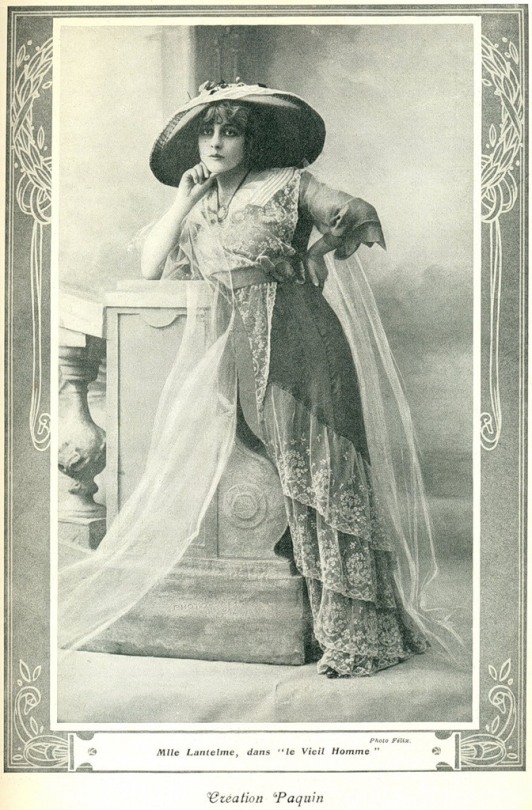
1911 (1 August issue) Le Theatre Mlle Lantelme. From verbinina.wordpress.com/2012/12/05/le-theatre-303/le-theatre-303-1-aout-1911-vkl/; fixed spots w Pshop 1182X1616.
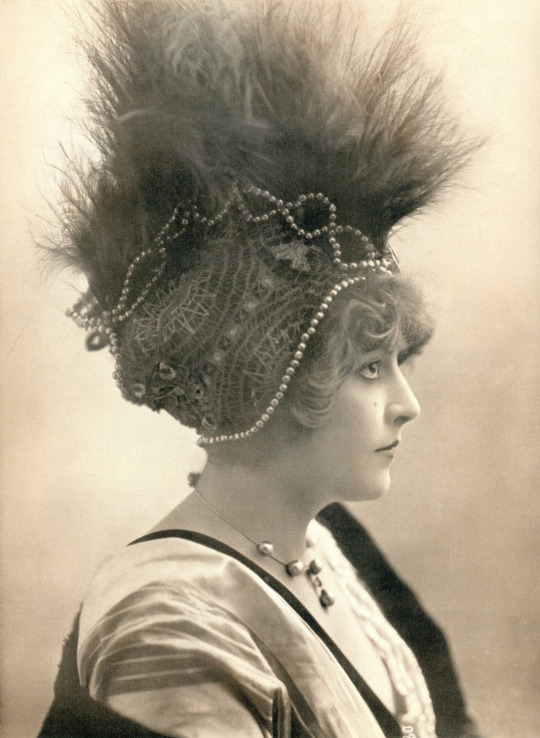
#1900s fashion#1910s fashion#1900s#1910s#1906 fashion#1908 fashion#1910 fashion#1911 fashion#1906#1908#1910#1911#Geneviève Lantelme#Ginette Lantelme#Paquin#Suzanne Weiss#Reutlinger#Bert#Félix
21 notes
·
View notes
Text
Important Facts to Know While Selecting the Fashion Institute in Indore
According to estimates, the worldwide fashion market is valued $298.2 billion. It is anticipated that by 2023, the industry will be worth $345.8 billion. According to data, the fashion industry is booming like never before, necessitating the hiring of a large number of fashion designers in the years to come. Therefore, if you are considering entering the glamorous world of fashion, now is a fantastic time to be alive.

Selecting a professional institute is not as simple as it may seem, particularly at a time when little training facilities are sprouting up everywhere like mushrooms. Finding the top fashion designing diploma colleges a cutting-edge city like Indore may be overwhelming.
It’s crucial to affiliate yourself with a global-renowned institute because the fashion industry is highly competitive. The Indore fashion design colleges with the highest credentials and confirmed international recognition should be chosen. Whatever an institute may appear to be on the surface, its core curriculum and potential for real-life industry exposure are what really count. As a result, before enrolling in a fashion designing course, make sure to assess the benefits and draw your own conclusions about the facilities the colleges claims to provide.
Degree: Fashion design is the art of putting fresh fashion ideas into practise to improve the aesthetics of clothing and accessories. History, culture, and social characteristics all have an impact on this sector. A fashion designing degree should ideally be accepted by academic institutions and adhere to national and international fashion standards. It must offer placement chances and industry exposure at reputable fashion houses, and it must be industry-specific.
Curriculum: A thorough education in fashion design teaches much more than just the fundamentals of fabric creativity and stitching techniques. It should teach complex computational tools, worldwide marketing, production, and the history of designs around the world in addition to core skills like drafting, sketching, and illustration.
Exposure to the Industry: A respectable fashion colleges should allow its pupils to present their creations at trade events, exhibits, and fashion shows in order to teach them about the realities of the fashion business. Reputable Indore fashion design collegess like SDPS regularly host their own fashion shows so that aspiring student designers can present their work to industry professionals.
Placement: A professional institute’s performance is measured by the percentage of graduates who are placed. Before applying, make an effort to contact former and present members of the design colleges community. Successful alumni and thriving pupils paint a clear picture of success. A reputable fashion college always keeps on staff a group of capable mentors and industry experts to lead the students and environment.
In conclusion, look for a colleges that can accommodate these needs without costing a fortune. Look no farther than SDPS for the fashion designing colleges in indore if you want to learn the fundamentals of the fashion industry and gain practical industry experience. Students are encouraged to exhibit their works at the prestigious fashion events “Lakme Fashion Week” and “Femina Miss India,” which are knowledge partners of SDPS. The fashion design programme at SDPS provides students with a top-notch platform, as well as mentorship from well-known fashion designers, top-notch teachers, and outstanding job placement prospects.
0 notes
Text

Léon Benigni, Cover Illustration for Femina Magazine, Modes d'hiver, circa 1929.
Biography
A leading fashion illustrator, draughtsman and lithographr, Léon Benigni worked with such designers and couturiers as Jeanne Lanvin, Marcel Rochas, Elsa Schiaparelli, Lucien Lelong, Jacques Fath, Jean Patou, Nina Ricci and Cristôbal Balenciaga. He produced drawings and cover designs for such magazines as Harper’s Bazaar, Femina, La Donna, Art Goût Beauté, The Bystander and Modes et Travaux, and also designed a number of travel posters in the 1920s and 1930s (notably one for the spa and ski resort of Brides-les-Bains in the Savoie region) and advertisements for Cadillac and LaSalle cars. In an appreciation of Léon Benigni, published in an English magazine article in 1933, it was noted that ‘M. Benigni is known to thousands through the medium of the leading fashion magazines. This young Frenchman has brought himself to the front rank of modern fashion artists. He has developed a style which fits perfectly with present ideas of fashion. Modern fashions contain an element of caricature, though they never lose their delicacy and charm. These qualities are apparent in Bénigni’s work. In avoiding heaviness and an exact representation, he works in line, and his line work is light and suggestive enough in its simplicity to hold all the attraction so necessary in publicity. The female face is depicted almost as a formula of design. The thin lines in which it is traced are not an accurate representation, but it is impossible to deny the conviction of reality carried by the design…an addition or alteration to any of these drawings of Bénigni’s, in the form of a few extra lines or corrections, would ruin the effect. They are, for their purpose, complete as they stand.’ (x)
#Léon Bénigni#1920s#illustration#cover#1929#1929 illustrations#20s#20s fashion#20s covers#20s illustrations#jazz age#the roaring twenties#opera#opera coat#opera gloves#femina#femina cover#cover art#art deco#art deco cover#art deco illustration#modes#modes d'hiver#femina magazine#magazine#20s magazines#Leon Benigni#Léon Benigni
30 notes
·
View notes
Photo

Frank Horvat. Commuter train hall. Saint-Lazare station [for Réalités, Femina-Illustration]. 1959
#BW#Black and White#Preto e Branco#Noir et Blanc#黒と白#Schwarzweiß#retro#vintage#Frank Horvat#commuter train#railroad#Saint-Lazare#Paris#Réalités#Femina-Illustration#1959#1950s#50s#street photography#Photographie de rue#Strassenfotografie#fotografia de rua#ストリートフォトグラフィー#cities#cidades#villes#都市#Stadtbild#paysage urbain#paisagem urbana
162 notes
·
View notes
Photo

Femina Magazine Illustration by George Barbier May, 1926
#George Barbier#artist#art-deco#illustrator#Femina Magazine#illustration#May 1926#art deco#Illustration by George Barbier
181 notes
·
View notes
Text

#olympe de gouges#female illustrators#feminismo#femina#why we need feminism#feminist#feminisim#illustration#illustrators on tumblr#girl draw#drawing#drawdrawdraw
14 notes
·
View notes
Photo




From “Femina Palast” to “Ellington Hotel Berlin“ ... a living piece of history
It was here where Louis Armstrong, Ella Fitzgerald and Duke Ellington performed in the legendary jazz club “Badewanne”, David Bowie, Romy Haag and Lou Reed partied in the no less legendary “Dschungel”, and old UFA heroes and later television stars stood on the stage of the “Berlin Theatre”. The building on Nürnberger Straße 50-55 in the city center west – transformed via loving detail work in 2007 into ELLINGTON HOTEL BERLIN – is an establishment with tradition.
The building known under the names “Haus Nürnberg”, “Femina or Tauentzien Palast” that emerged from 1928 to 1931 under the impression of the pioneering buildings by Berlin architect Erich Mendelsohn was designed by a very successful team of architects at that time, Richard Bielenberg and Josef Moser in a combination of Art Déco and Bauhaus style. They designed one of the longest, most conspicuous and perhaps also one of the most beautiful facades in Berlin: elongated ribbon windows across the continuous shop floor expose the four upper floors. The wall areas are clad with lavish travertine and framed by small ribbons of dark bricks below and above the strongly profiled windows. The 185 metre long façade is structured through staircase towers and oriels. The entrances and display windows of the shop front are framed in brass. This also contributes towards the elegant exterior of this commercial building.
But the domicile of the Ellington Hotel is not only listed because of the largely originally preserved façade. The entrance rooms, staircases and a few halls inside also preserve the charm of the late twenties and early thirties: in white and green wall tiles, brass staircase railings, stucco ornaments on the ceilings and gold-plated lettering on the walls.
(Source: ellington-hotel.com)

Illustration of “Femina Palast”, one of the most famous ballrooms of Berlin in the early 1930s. Many popular film recordings about Berlin nightlife at that time, including Josephine Baker dancing in her banana costume, were created here.

#Ellington Hotel Berlin#Femina Palast#Berlin#Germany#architecture#Art Deco#Bauhaus sytle#vintage illustration#history of Berlin#Josephine Baker#my edits#homebase 💓#... this is definitely one of my favorite places in Berlin and such a beautiful hotel!!!!!!!#my pics
6 notes
·
View notes
Photo

Femina. Anonymous. Poster. Printer: Lit. Mateu, Madrid.
The French have always been role models for high-end fashion with their undefinable aura of effortless class, and this bourgeois Spanish woman has fallen under the spell. Dressed to the nines on a stroll with her elegant greyhound, she's picked up the latest issue of Femina, a Parisian women's magazine that covered leisure activities, fashion, literature, and art. It was quite the feminist publication: in 1903, they dedicated an entire issue to female artists at the 1903 Salon, and the illustrations and cover were all drawn by women.
25 notes
·
View notes
